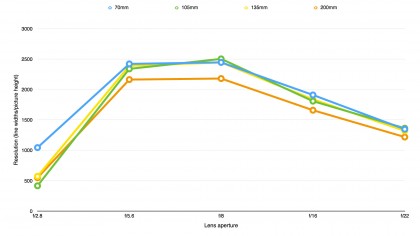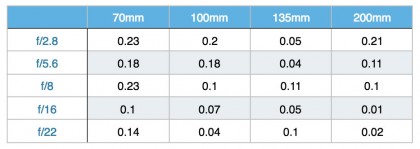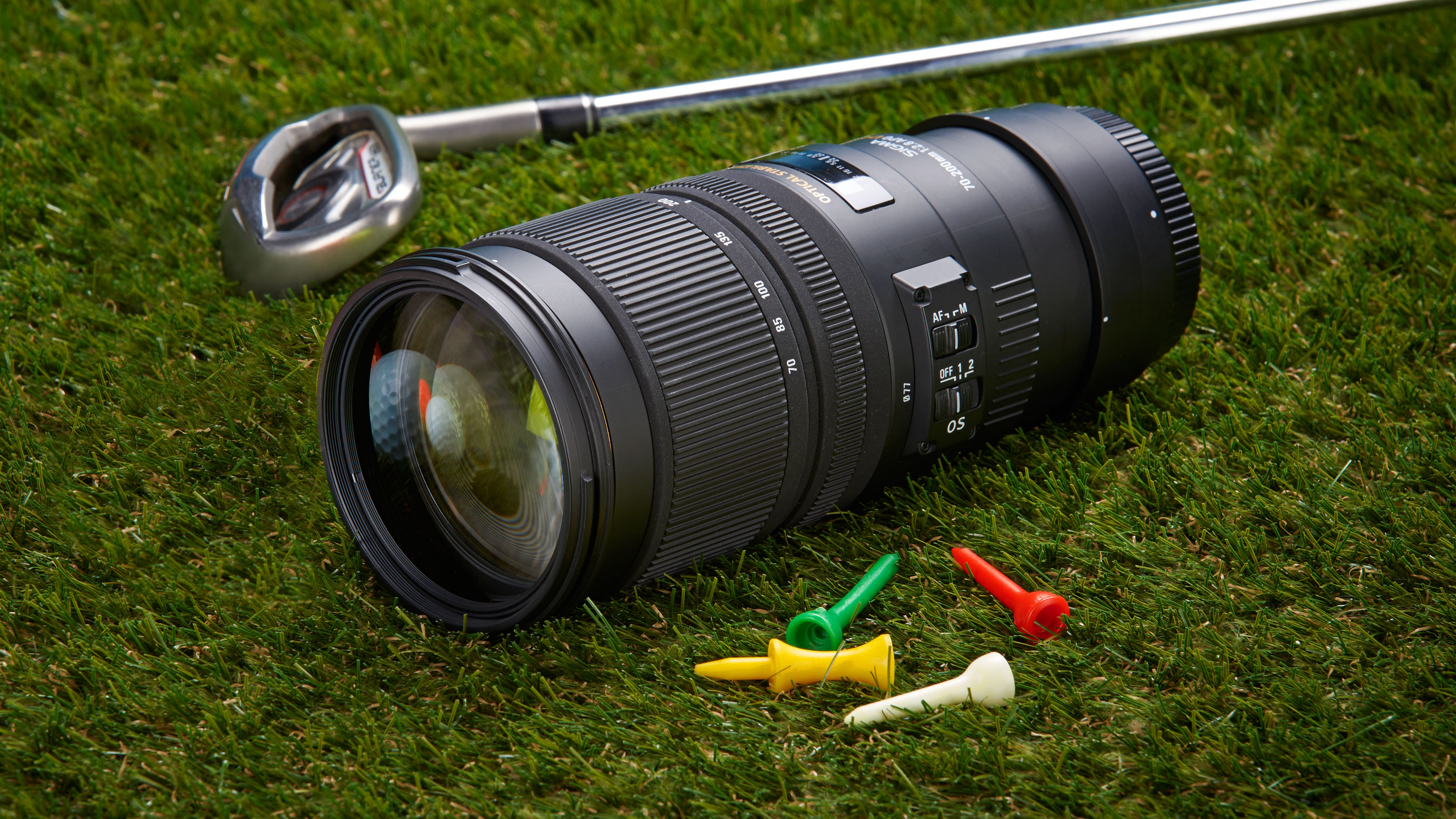TechRadar Verdict
Even though there's a slight drop in sharpness at 200mm, the Sigma delivers excellent overall image quality, making it exceptional value at the price.
Pros
- +
Value for money
- +
Overall performance
- +
Dual-mode image stabilizer
Cons
- -
Slight loss of sharpness at full zoom
- -
f/2.8 maximum aperture makes it big and heavy
Why you can trust TechRadar
Mount: Canon, Nikon, Pentax, Sigma, Sony A Format: Full frame Construction: 22 elements in 17 groups, nine diaphragm blades Closest focus distance: 140cm Filter size: 77mm Autofocus: ultrasonic (ring) Dimensions: 86 x 198mm, 1,430g Tested on: Nikon D7100
Compared with the equivalent Canon and Nikon stabilised 70-200mm f/2.8 lenses, this Sigma is under half the price of the Nikon – and £1,200 less than the Canon. Even so, it has a solid build, albeit without any weather seals. There's a dual-mode optical stabiliser for static or panning shots, a removable tripod mounting foot, and ring-type ultrasonic autofocus.
Inside the lens are two FLD (F Low Dispersion) elements, claimed to equal top-quality fluorite glass in performance, as well as three SLD (Special Low Dispersion) elements, plus Super Multi-Layer Coatings. The aim is for excellent sharpness and contrast, with minimal colour fringing, ghosting and flare.
As a 70-200mm f/2.8 lens, it's a big and beefy item, with almost exactly the same dimensions as the rival Tamron 70-200mm f/2.8. However, the Sigma is slightly lighter at 1.43kg. The Sigma is also available in a wider range of mount options, including Canon, Nikon, Pentax and Sony, all with a four-stop optical stabiliser.
Performance
There's little to choose between the Sigma and Tamron in terms of centre sharpness through most of the zoom range, although the Tamron is noticeably sharper at the long end and retains better sharpness towards image corners. The Tamron also handles colour fringing and distortion marginally better but, overall, the Sigma is outstanding value for a 70-200mm f/2.8 stabilised lens.
Test results
Sharpness: It's very good through most of the zoom range, but drops off more than most at the long end. It could be better in the image corners at f/2.8, too.

Fringing: Fringing peaks at mid-range zoom settings but, overall, it's very well controlled and can beat own-brand lenses, like the Canon 70-200mm f/4, in lab tests.

Distortion: There are marginal differences but, in practical terms, distortion follows the same path and magnitude as rival Canon and Nikon 70-200mm f/4 lenses.
70mm: -0.72
100mm: 0.05
135mm: 0.44
200mm: 0.81
Verdict: Even though there's a slight drop in sharpness at 200mm, the Sigma delivers excellent overall image quality, making it exceptional value at the price.
